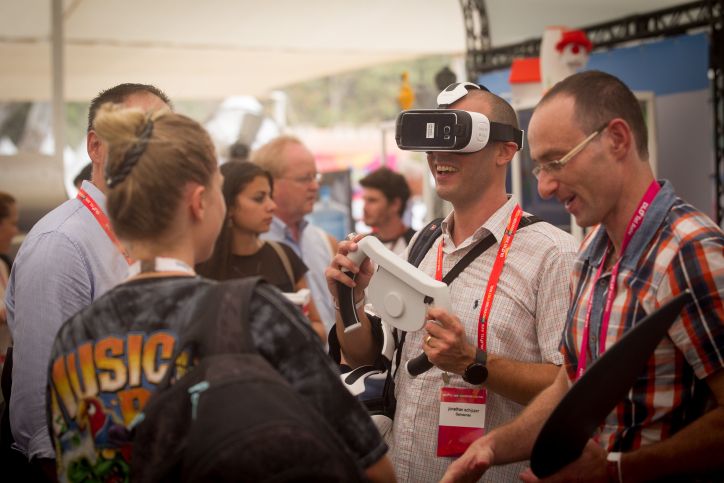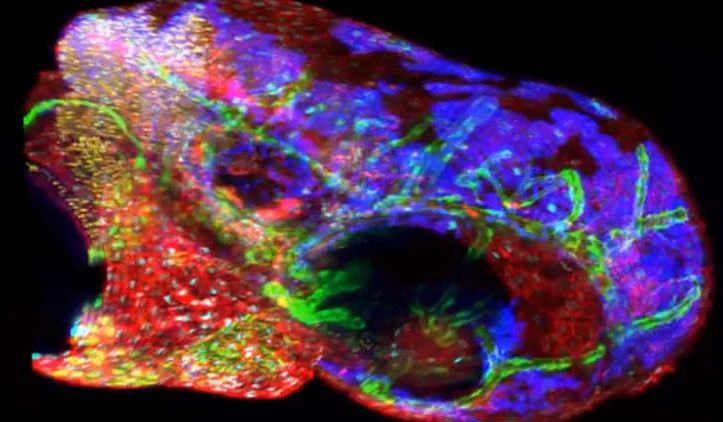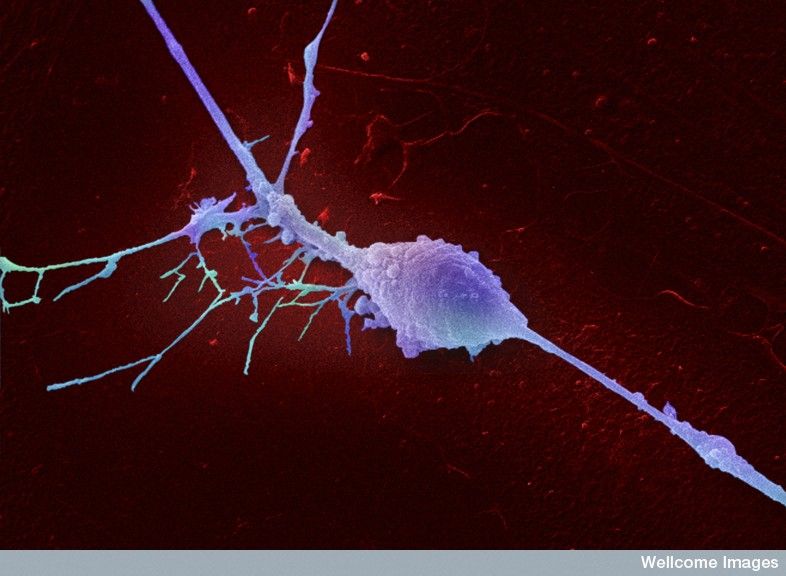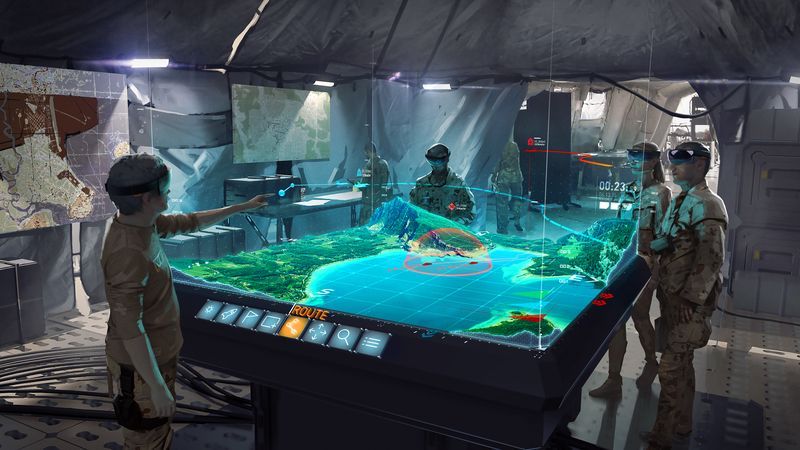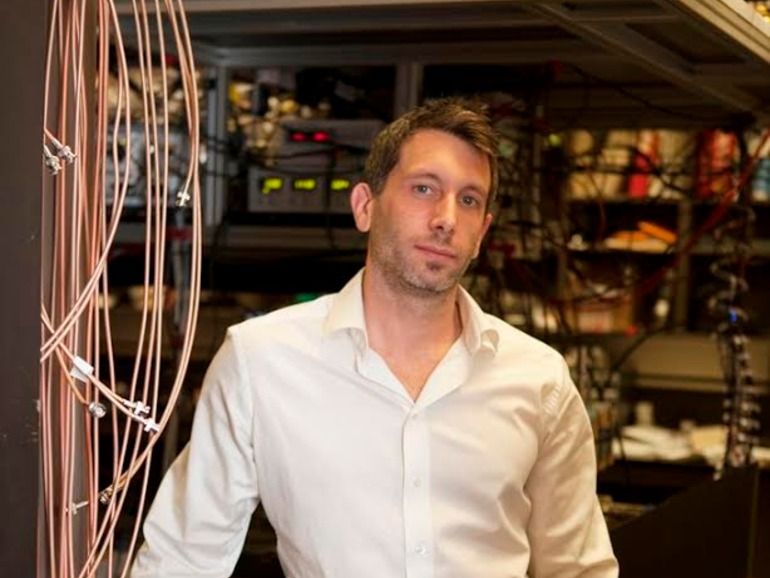Page 10304
Jan 15, 2017
Israel to hire foreign hi-tech workers to stave off manpower drought
Posted by Karen Hurst in category: education
Six-year program aims to boost the number of higher education students by 40%, encourage women, Arabs, and ultra-Orthodox to enter sector.
Russia is not only talking about developing a sophisticated network of high-speed passenger trains but a trans-continental high-speed cargo rail line as well.
Jan 15, 2017
New 5D technique may help diagnose diseases from cell phone images
Posted by Karen Hurst in categories: biotech/medical, mobile phones
Very cool.
Scientists have developed a new 5D technique for analysing images, an advance that may make it easier to quickly find tell-tale signs of diseases from pictures taken using cell phones. Called “Hyper-Spectral Phasor” analysis, or HySP, it is much faster and far less expensive than current techniques, and may be useful for diagnosing and monitoring diseases by using cell phone images, researchers said.
Through the new imaging technology, researchers at the University of Southern California (USC) in the US have used fluorescent imaging to locate proteins and other molecules in cells and tissues. It works by tagging the molecules with dyes that glow under certain kinds of light – the same principle behind so-called “black light” images.
Continue reading “New 5D technique may help diagnose diseases from cell phone images” »
Jan 15, 2017
What Do Single Neurons Know
Posted by Karen Hurst in categories: computing, neuroscience
But, the larger question remains as to how these individual dendrites and neuron outputs are used by the circuit and the brain as a whole. These findings are considerably different than sequences needing a group of neurons working in order and in a circuit. Even more unusual is the fact that (even young childrens’) brains are able to analyze and respond to information that is, in fact, so complex that the most advanced super computers cannot. Can individual cells do this as well?
Another new set of research shows that in a monkey brain, these responses of individual neurons are correlated somewhat with the final decision of the animal. This research used very limited visual information and showed that the final decisions of the animal using billions of neurons was perhaps relevant even to this small amount of information input given to individual cells.
It could be that the local neuron responded to the decision that was made by the larger circuits and brain. But, it doesn’t answer the question as to how the individual neuron relates to the brain.
Jan 15, 2017
Quantum oracle: AI predicts and fixes qubit failure
Posted by Karen Hurst in categories: quantum physics, robotics/AI
We’re definitely not a ways off for QC being available to the masses unless you believe 5 years is a long time.
Machine learning kept unstable quantum bits in line – even before they wavered. Cathal O’Connell reports.
Jan 15, 2017
What does being on track for the predicted Technological Singularity mean and are we on track?
Posted by Karen Hurst in categories: nanotechnology, Ray Kurzweil, robotics/AI, singularity
Ray Kurzweil is famous for his vision and prediction of a Technological Singularity by 2049 Although whenever Ray predicts a date like 2049, based on Kurzweil’s own past reviews of his predictions, he gives his predictions ten years late or early to develop. So by Ray’s personal standard his prediction timing of being correct on the Technological Singularity would be if it happened in the 2041 to 2059 time window. Usually his predictions are based upon exponential developments and progress, so he rarely would make an error in predicting something happening too early.
The technological singularity is the hypothesis that the invention of artificial superintelligence will abruptly trigger runaway technological growth, resulting in unfathomable changes to human civilization.
Some use “the singularity” in a broader way to refer to any radical changes in our society brought about by new technologies such as molecular nanotechnology, although Vinge and other writers specifically state that without superintelligence, such changes would not qualify as a true singularity.
Jan 15, 2017
Australian Air Force explores augmented reality
Posted by Karen Hurst in category: augmented reality
The Royal Australian Air Force is exploring the potential of augmented reality as the organisation undertakes the largest technological upgrade in its history.
The Defence Science and Technology (DST) Group (part of the Department of Defence) and Saab Australia, demonstrated a 3D visualisation application developed for Microsoft HoloLens to 50 key Air Force and Defence personnel towards the end of last year.
Chief of Air Force, Air Marshall Leo Davies, trying the technology for the first time, indicated a growing role for augmented reality vision (ARV) tech in the Air Force.
Continue reading “Australian Air Force explores augmented reality” »
Jan 15, 2017
The Copenhagen Wheel official product release
Posted by Karen Hurst in categories: media & arts, mobile phones, transportation
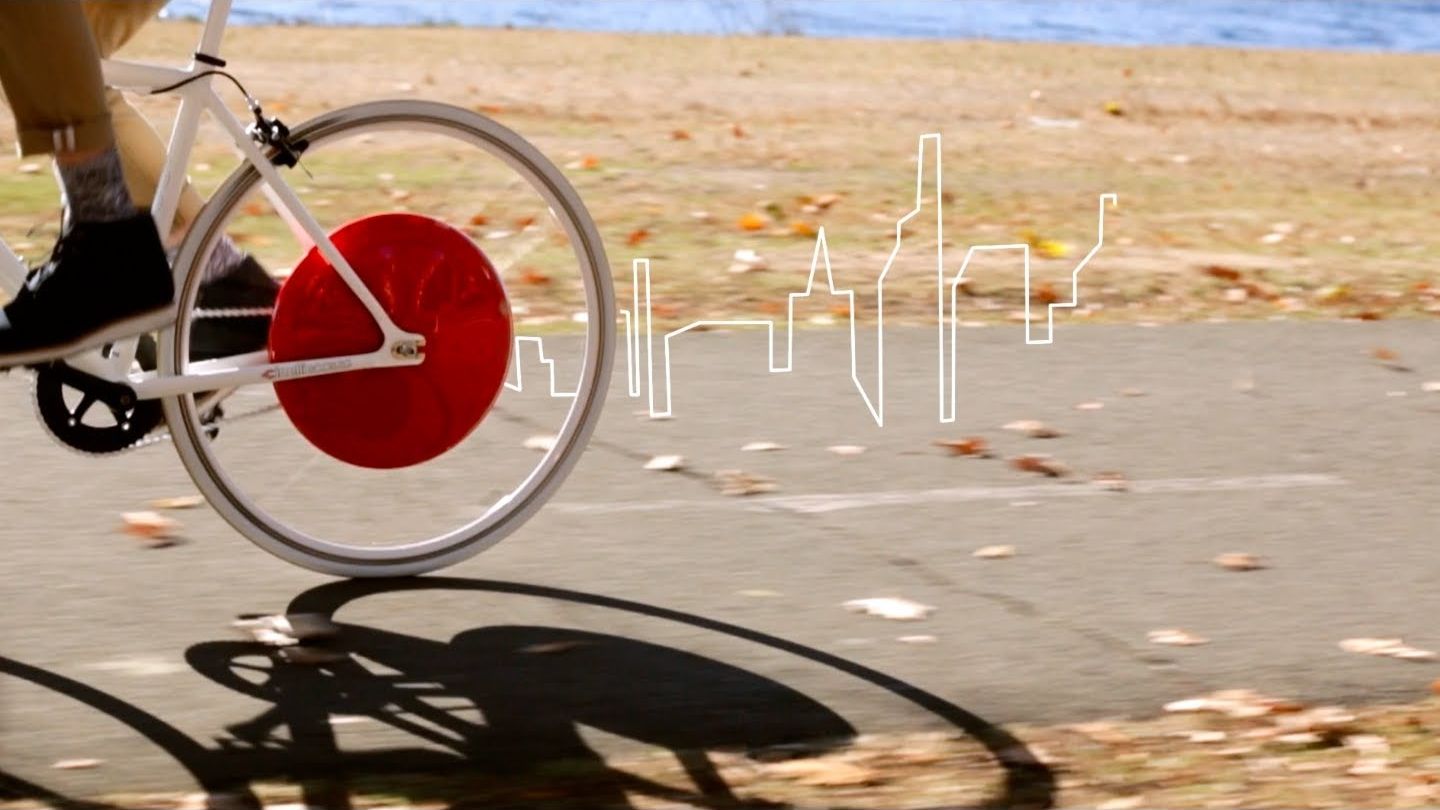
Pre-order at http://www.superpedestrian.com This is the first commercial version of the Copenhagen Wheel. Now available for sale.
Own a limited edition, hand-crafted Copenhagen Wheel, invented and built in Cambridge, MA.
The Copenhagen wheel Technical specifications:
MOTOR US: 350W / EU: 250W
WEELE SIZE 26″ or 700c rim
BATTERY Removable 48Volt Lithium
CONNECTIVITY Bluetooth 4.0
BATTERY LIFE 1000 cycles
SMARTPHONE OS iOS, Android
CHARGE TIME 4 hours
COMPATIBILITY Single Speed or 9/10 Speed Free Hub (email us your bike specs if you have doubts: [email protected])
TOP SPEED US: 20 mph
EU: 25 km/h
BRAKE TYPE Rim brake and regenerative braking (downhill and back-pedal)
RANGE Up to 50 km / 31 mi
WEIGHT 5.9 kg / 13 lbs
DROPOUT 135 mm
Continue reading “The Copenhagen Wheel official product release” »
Jan 15, 2017
Sydney Uni predicts the unpredictable in quantum computing advancement
Posted by Karen Hurst in categories: quantum physics, robotics/AI
New method is making QC even more reliable.
The university has moved one step closer to quantum computing becoming a reality, using machine learning to predict the demise of a quantum bit, thus extending its useful life.

